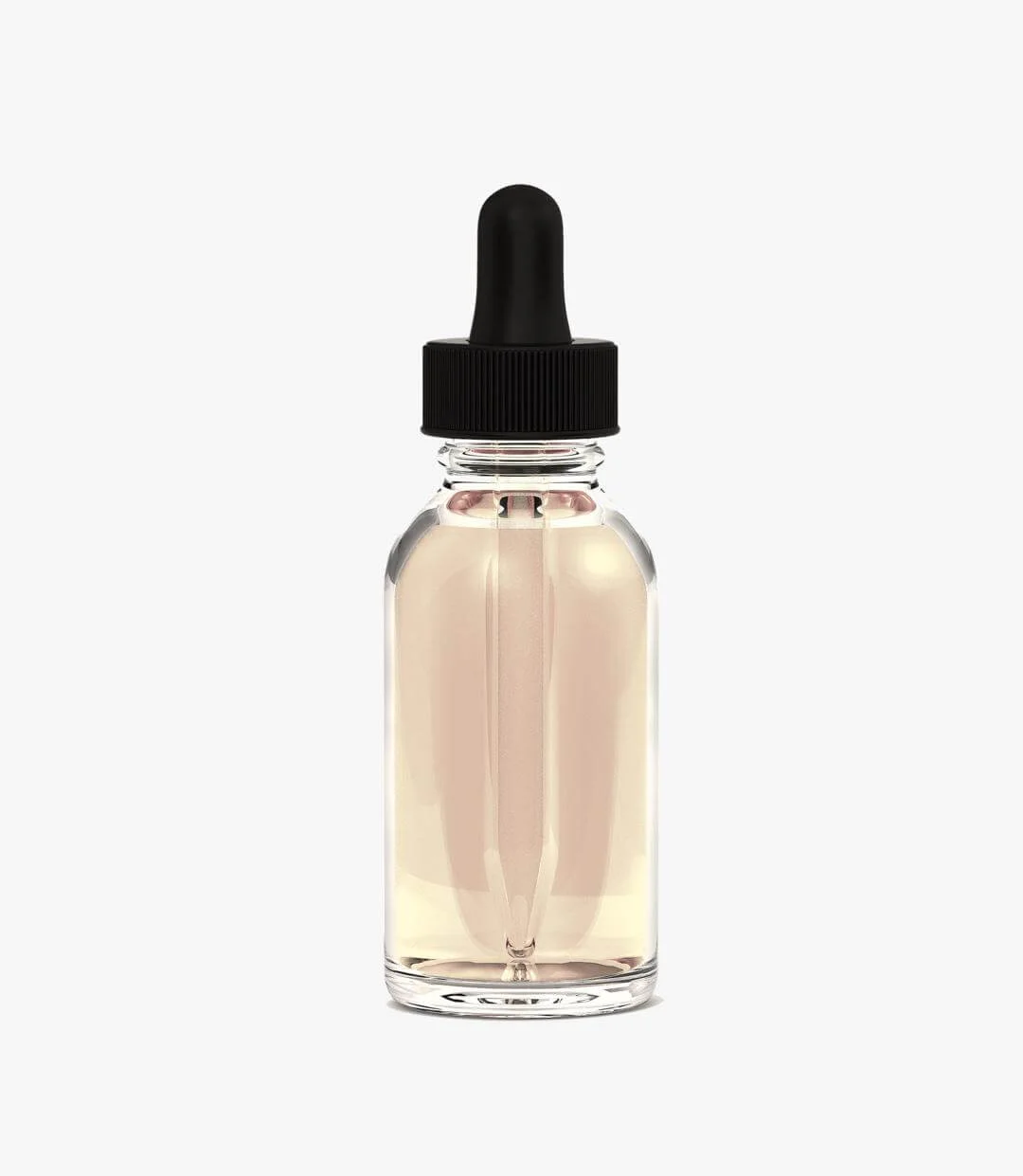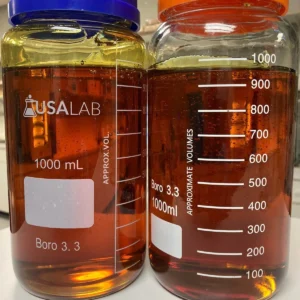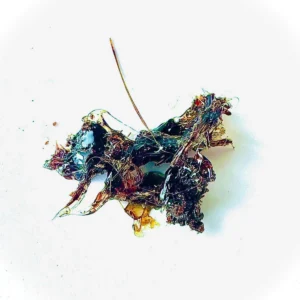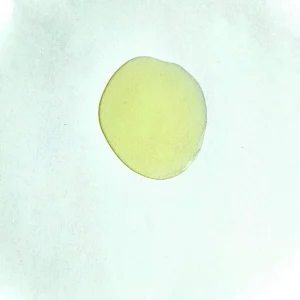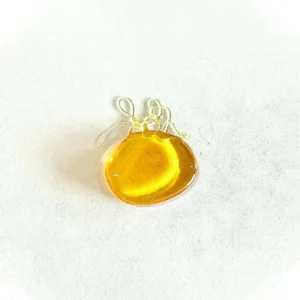What is CBT?
First discovered in 1966, cannabitriol (CBT) is a rare minor cannabinoid found in select cultivars of the cannabis sativa L. plant species. But since it’s most common in high CBD strains. A major obstacle is availability. CBT is so elusive that very few cultivars (“strains”) contain the compound, while strains that carry it have very little. Consequently, getting samples for research is challenging.
Cannabitriol exists in small traces among high-CBD strains, but it can also be generated inside us when THC is processed in our bodies. Following THC consumption, cannabitriol is the by-product of an oxidation process, leaving CBT behind (Brogan et al., 2007).
Effects of CBT
We don’t know much about CBT’s effects.
- The aforementioned 2007 study by Brogan et al. suggests that CBT-C may help mitigate THC intoxication, much like CBD. According to the authors, CBT-C asks as a sort of “antidote,” inhibiting the chemical process necessary to trigger a high.
- Another study from 2021 is even more compelling. Researchers compared CBT’s breast cancer inhibition to conventional pharmaceutical treatment. The results suggested that cannabitriol was more effective than Tamoxifen, a pharmaceutical drug that – like CBT – works as an estrogen receptor antagonist.
